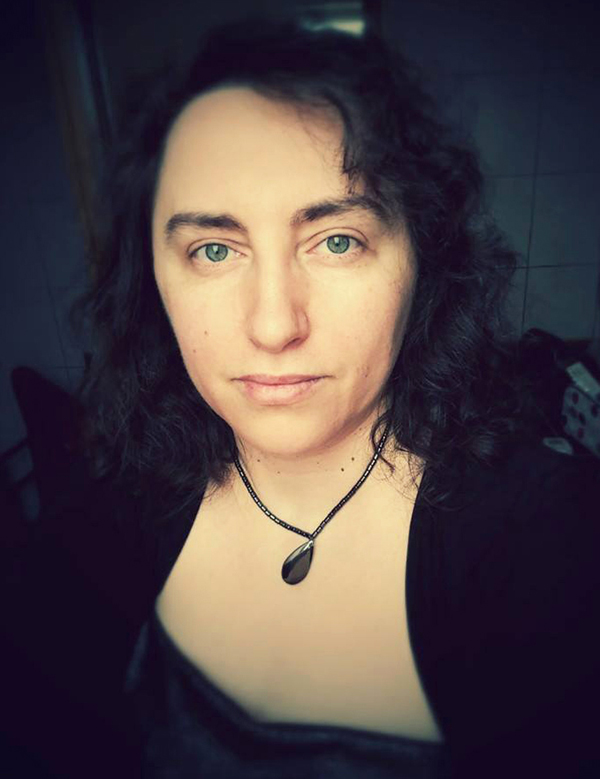Collage: the Ultimate Remix - Page 4
 |
|
|
 |
|
|
 |
|
|
The mid-century formalist art critic Clement Greenberg, for one, argued that collage worked best when it emphasized its materiality, the actual substance of the canvas and the objects affixed—not the subject matter of the pasted-on images.
The work of the Surrealists, with half-naked damsels, say, floating through subterranean vaults alongside images from a zoology textbook, struck him as gimmicky, their "value…wholly exhausted in literary shock effects."
Surrealist collage, aimed at exploring or perhaps exploding the unconscious a la Freud, remains popular today. One of its leading practitioners was the European artist Max Ernst, who produced lengthy 'novels' made up of collaged images.
The California poet Robert Duncan saw these sorts of collages as revolutionary, calling them "a mode of attack upon the real, or upon established relations."
With their imagery sometimes drawn from 19th century tomes, Ernst's dreamlike scenes, where anything can happen, may strike some people today as predecessors of Steampunk. The quaintness of the original material only adds to the sense of dislocation.
There is a mystic strain to collage. You see it in the work of Californian Wallace Berman, whose handmade collaged magazine, Semina, published from 1955 to 1964, featured collages and photomontages—often influenced by the Kabbalah, a Jewish mystical tradition.
Jess, a chemist who briefly worked on the Manhattan Project, dropped out of mainstream culture to become an artist who focused much of his effort on collage and on thickly painted, collage-like paintings. His life partner was the poet Robert Duncan.
Jess's mesmerizing collages, some the size of walls, can draw a viewer in for hours thanks to their mix of imagery that is natural, mechanical, domestic, and erotic. Michael Duncan called Jess's late, large collages "worlds to get lost in."
As noted earlier, collage can often be lighthearted. But, Leeson notes, "It doesn't have to be a lighter touch. You can do all kinds of bizarre things."
She mentions John Heartfield, the German Dada artist who came of age during World War I and produced brilliant, angry photomontages attacking Hitler during the 1930s, not a safe thing to do.




